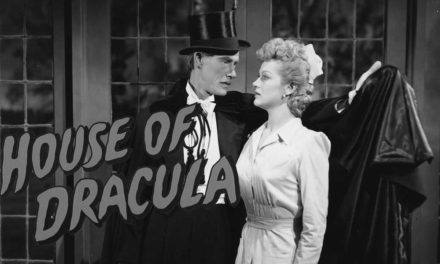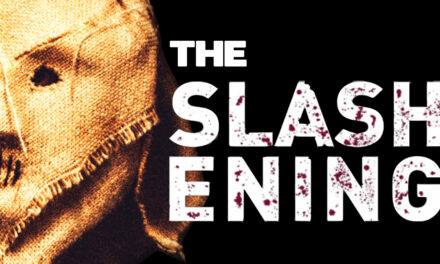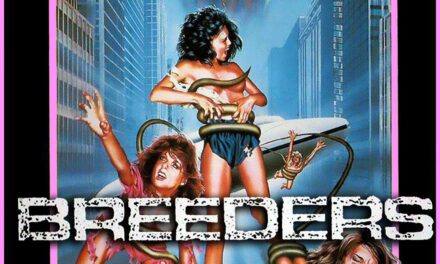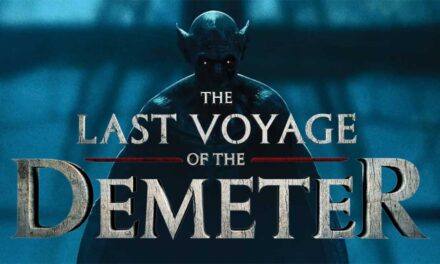Against a budget of ¥100 million, Godzilla grossed ¥183 million, or $2.1 million, at the Japanese box office. In 1956, the film was re-edited and released in the US as Godzilla, King of the Monsters featuring Raymond Burr. Though lacking much of the original’s political themes, it was successful enough to further establish Godzilla’s popularity worldwide. Following its success, producer Tomoyuki Tanaka was asked by executive producer Iwao Mori to start producing a sequel. However, original director Ishiro Honda couldn’t return as he was working on 1955’s Love Makeup, so Oda Motoyoshi was hired. For the sequel, they decided to include a new monster, which established the trope of having a monster fight Godzilla. Not wanting to lose the momentum of the original film’s success, the sequel was released one year later. On April 24, 1955, Godzilla Raids Again was released in Japan and Japanse American cinemas.
%
Rating
Synopsis
Two Japanese pilots, Shoichi Tsukioka (Hiroshi Koizumi) and Koji Kobayashi (Minoru Chiaki) are hunting fish for a cannery company. When Kobayashi starts losing control of his plane, he lands on Iwato Island, where he sees Godzilla fighting another monster. After Kobayashi’s rescued by Tsukioka, they report what they saw to the authorities, who dub the new monster Anguirus. Dr. Kyohei Yamane (Takashi Shimura), who witnessed Godzilla’s rampage beforehand, confirms that this Godzilla is another member of its species. While the monsters continue their rampage, the Japanese military tries to keep Godzilla away from shore and wreaking further havoc. Eventually, Godzilla wins the fight by killing Anguirus and returns to the sea, leading the military to search for him. After Godzilla takes out some fishing boats, the military tries everything they can to bring the monster down. Will they succeed, or will Godzilla continue his rampage throughout Japan?
Review
While the original film may have had its flaws, it was still a landmark in Japanese cinema and indeed worldwide. The film commented on the dangers of nuclear war and was a metaphor for the then-recent nuclear devastation Japan was going through. This film, however, ditches the somber tone and symbolism for a more or less fairly conventional 50s monster movie. You have regular civilians running into the monsters, the military failing to stop the monsters, and a big monster brawl. Granted, this one introduced many concepts we’d see in future Godzilla movies, and they were still figuring things out. Also, the fact that this film was rushed to a release one year later hinders the film’s quality. Though the first film’s effects were somewhat crude, the filmmakers were able to work with what they had. Here, you can tell the crew wasn’t given much time to prepare.
That being said, there are some decent effects on display, and the monster fights are the highlight of the film. You can also tell the filmmakers learned some lessons from the last film, such as slimming down the Godzilla suit. Once again, the black and white cinematography does complement the monster scenes, even if it lacks the original’s gritty quality. Still, there are some parallels similar to the original, namely scenes of Osaka in flames symbolizing the Nagasaki bombing. Unfortunately, there are tons of filler scenes that drag the movie down and add to its more conventional nature. That’s not to say any of the performances are terrible, but the primary human scenes can get dull. This is still a fairly important entry in the series, establishing future tropes and being the last black-and-white Godzilla film. Overall, Godzilla Raids Again is a slightly disjointed yet enjoyable kaiju film worth watching.
Watch Godzilla Raids Again on the Criterion Channel: https://bit.ly/3j7HWB5




